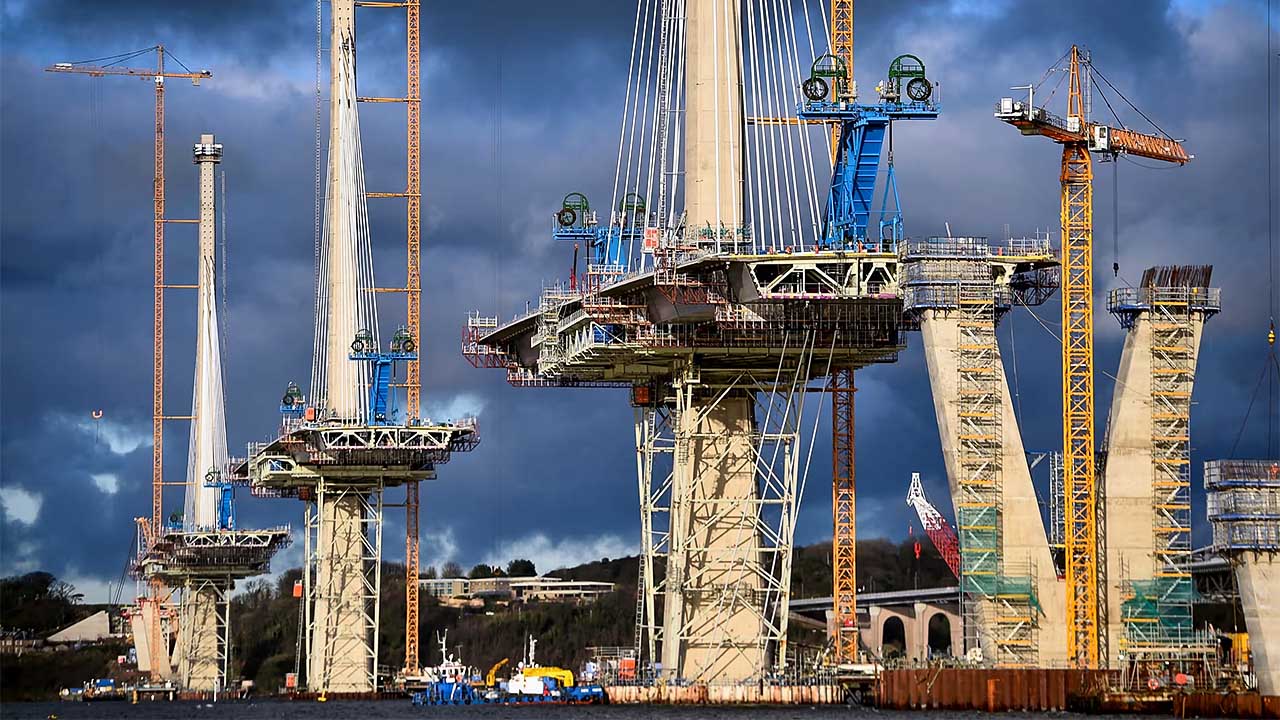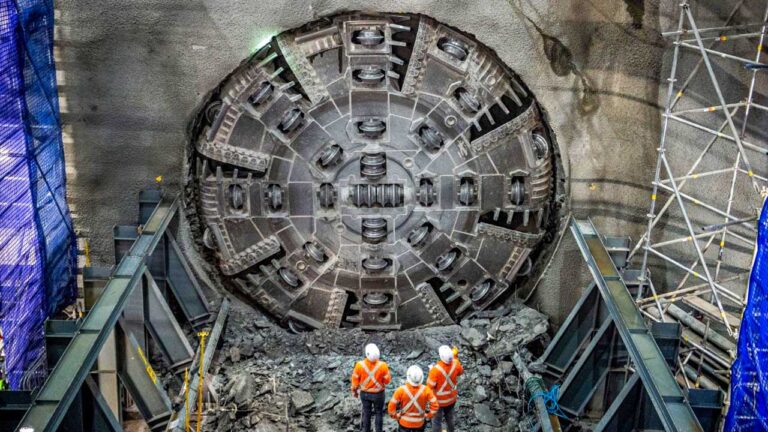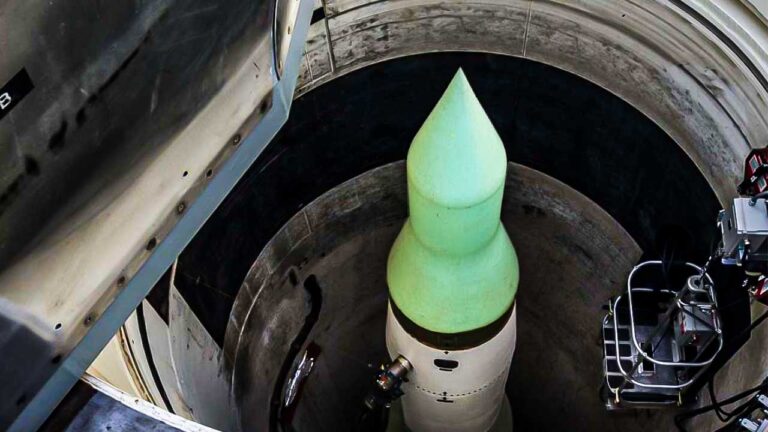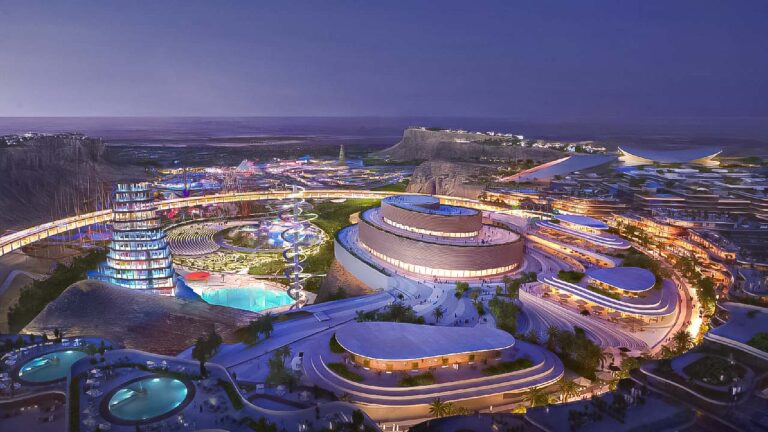California’s Biggest Mega Projects of 2024
California is going through an exciting transformation, with major engineering projects in cities from Los Angeles to Santa Clara, changing the state’s infrastructure. These efforts include expanding high-speed rail, building eco-friendly skyscrapers, improving public transit, and tackling severe drought. Known worldwide for its breathtaking views and innovative spirit, California has always been a trailblazer in modern living, constantly aiming for the best and redefining what’s possible.
These spectacular projects take everything into account, from restoring natural environments to modernizing cities and their suburbs. That’s why ambitious mega-projects are underway across The Golden State. These efforts aim to make life easier and more enjoyable, reducing intra-city travel times with better public transit, offering high-speed intercity travel with new rail systems, revitalizing the Klamath River to support local wildlife, and improving access to Los Angeles Airport. Each project is designed to provide a variety of benefits, making California a model of sustainable and efficient urban development.
California, especially in its southern regions, has been grappling with a prolonged drought. Sacramento plays a crucial role in this context as California’s capital and a key player in managing the state’s water resources. The regional water treatment plant in Sacramento, originally built in 1982, is currently undergoing a major $1.7 billion upgrade with cutting-edge technology. This critical facility processes a staggering 511 million liters of wastewater every day.
About a decade ago, a series of long-term projects began to enhance the treatment of the region’s wastewater. These efforts included installing advanced pumping stations and upgrading electrical systems. Central to this upgrade is the biological nutrient removal facility, which utilizes eight large basins where oxygen is injected into the wastewater through tubes. This process effectively removes 99% of ammonia and 89% of nitrogen, ensuring that the treated water meets stringent environmental standards before it flows into the Sacramento River.
This ambitious upgrade positions the plant as one of the largest projects of its kind in the US. To ensure seamless operations during construction, engineers and construction specialists have implemented a digital twin project, allowing for real-time monitoring and swift resolution of any operational challenges that arise.
Also Read: A $20 Billion Solution to California’s Water Crisis
Los Angeles, affectionately known as “The City of Angels,” holds a special place for its diverse communities and rich cultural mix. The name not only reflects the city’s heritage but also its reputation as a place where dreams thrive.
Los Angeles International Airport (LAX) is currently undergoing a massive $15 billion Capital Improvement Program aimed at transforming the airport experience. One of the major projects is the Automated People Mover or APM, a $2.6 billion initiative designed to connect all nine terminals, parking areas, and regional trains. This system will greatly enhance how passengers move around the airport.
Also, expanding the airport’s capacity is the Midfield Satellite Concourse or MSC South at Tom Bradley International Terminal, adding 150,000 square feet and 8 gates for narrow-body aircraft to improve operational efficiency.
Additionally, LAX has completed several critical projects, including a new public parking structure, redesigned Terminal 3, and new entrances for Terminals 1.5, 4.5, and 5.5. Airfield improvements, such as new taxiways and taxi lanes, have also been finished. Another significant endeavor is the Consolidated Car Rental Facility, a $1.5 billion project that centralizes rental services into one location, making it easier for travelers to access rental cars.
These efforts aim to modernize LAX, enhance the passenger experience, improve airfield safety, and better connect the airport with regional transportation networks. The goal is to ensure that LAX remains a top global gateway, welcoming travelers efficiently and comfortably.
Let’s shift our focus to the Klamath River, where significant changes are underway with the removal of several old hydroelectric dams. These include the Iron Gate Dam in northern California, as well as the Copco 1 and 2 Dams in California, and the J.C. Boyle Dam in Oregon. This decision, approved by the Federal Energy Regulatory Commission, marks a pivotal moment in the river’s history. For more than a century, these dams have blocked crucial salmon spawning grounds. Their removal aims to open up a vast stretch of the river, benefiting salmon populations and restoring their vital migration routes.
The environmental impact of removing these hydroelectric dams is expected to be profound. Opening up over 400 miles of habitat will breathe new life into salmon and steelhead populations, promoting biodiversity and overall ecosystem health. Furthermore, it’s anticipated to lower summer water temperatures and reduce the prevalence of fish diseases. By restoring a more natural flow to the river, we also anticipate significant improvements in water quality, including a reduction in warm water areas and pollution from agricultural runoff.
Another significant part of California’s transformation is the Bay Area Rapid Transit or BART system, which has seen some exciting expansions over the years. One major project is the Silicon Valley Extension, managed by the Santa Clara Valley Transportation Authority. This 16-mile expansion aims to bring BART service to the heart of Silicon Valley, providing a fast and reliable alternative to the often congested highways of the Bay Area.
BART has also been extending southward from Fremont. Stations like Warm Springs, which opened in 2017, and Berryessa, opened in 2020, have already been added, costing $2.3 billion. Looking ahead, by 2030, BART is expected to reach San Jose and Santa Clara, partially using the Caltrain right-of-way. This ambitious project, estimated at $4.7 billion, aims to integrate BART more seamlessly with other transit systems, reducing travel times and making commuting more convenient.
Also Read: Sweden’s $4BN Tunnel Gamble: E4 Stockholm Bypass
Several other extensions have also been completed, greatly enhancing BART’s reach. The eBART spur, completed in 2014, connects BART to Oakland International Airport, making it easier for travelers to catch their flights. The line to Livermore, which reached Dublin/Pleasanton by 1997, is set for final completion through the Valley Link project, improving connectivity for the eastern Bay Area. Extensions to Antioch and Pittsburg/Bay Point have been carried out in phases, bringing BART service to more communities and making daily commutes smoother for many residents.
Let’s take a look at an exciting project of California, aimed at boosting economic growth and community health in Santa Clara: the visionary Related Santa Clara project. This unique collaboration between the City of Santa Clara and Related Companies is set to transform the area into a vibrant, mixed-use destination with an estimated cost of $8 billion.
Located right next to Levi’s Stadium, this ambitious development is designed to be LEED-certified, focusing on sustainability and environmental responsibility. It includes about 440,000 square feet of modern office space, providing a great opportunity for businesses to set up shop in this thriving area.
The project also features a 480-room hotel, which will not only provide accommodations for visitors but also help boost local tourism. Around 200 new homes are planned, offering more housing options and contributing to the community’s growth.
To make the area even more lively, 51,000 square feet will be dedicated to retail and restaurant spaces, creating a bustling environment for shopping and dining. This impressive project is set to greatly enhance the Santa Clara landscape, driving economic growth and providing a dynamic space for both residents and visitors.
California’s list of transformational mega-projects is far from over. In our next video, we’ll showcase even more incredible engineering feats happening in the Golden State. We’d love to hear your thoughts, so be sure to leave a comment and subscribe to our channel to stay updated on these amazing projects and other construction masterpieces from around the globe.







